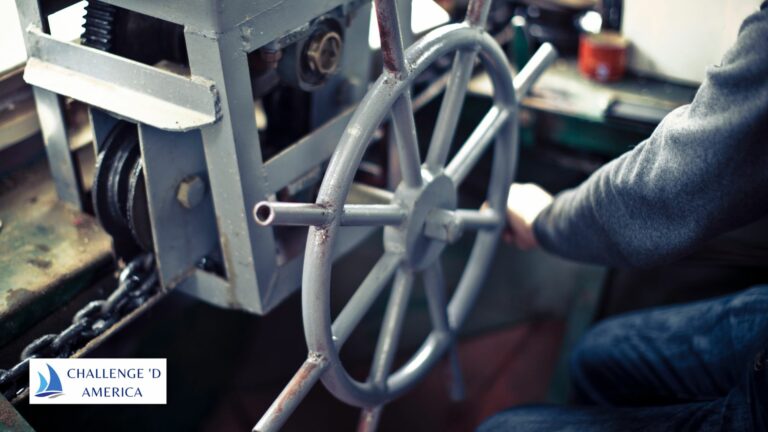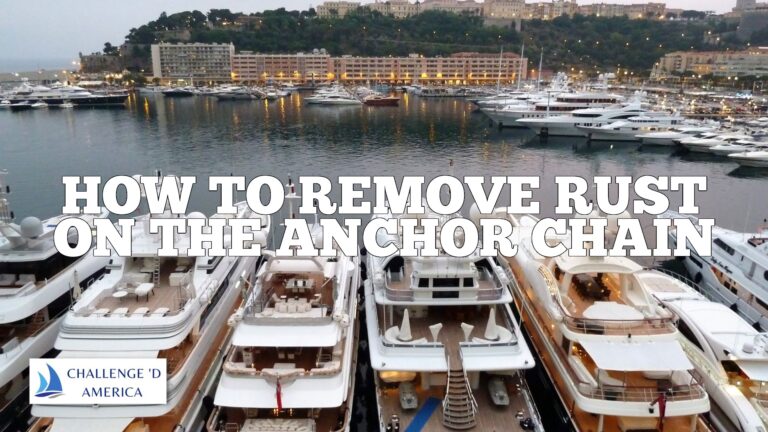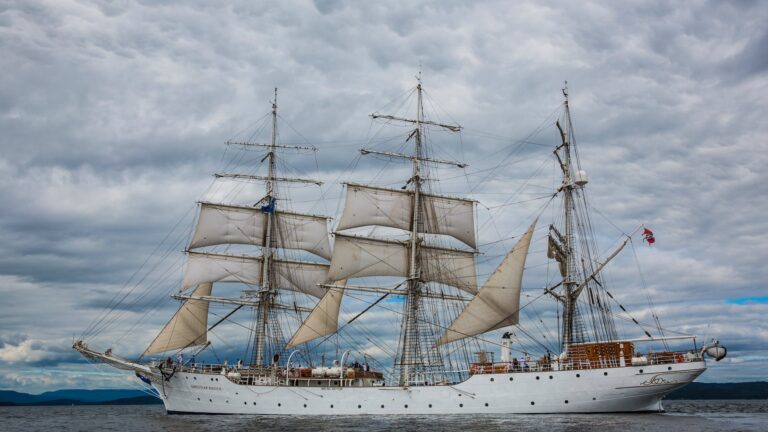What Is The First Rule Of Sailing?
The First Rule of Sailing: Know Where You Are
Sailing is one of the most beautiful and thrilling experiences on earth, with the world’s oceans and seas offering endless possibilities for exploration and adventure all year round.
But in order to stay safe and navigate with confidence, it’s essential to understand the basics of seamanship, from understanding weather and sea conditions to learning effective navigation techniques, as well as knowing your boat and crew like no other.
And while there are many rules that a sailor should abide by, there is one rule that stands above all else: know where you are!
What Is the First Rule of Sailing?
The first rule of sailing is simple: know where you are at all times when out on the water! Whether you’re sailing for pleasure or racing in a regatta, it’s essential to have a good understanding of your position in relation to the shoreline, other vessels, buoys or markers, dangers or hazards in your vicinity at any given time.
This can be achieved through strict adherence to navigation techniques such as chart reading and celestial navigation – which we will discuss further in this article – as well as using modern technology such as GPS units or AIS systems if available on board your vessel.
Why Is Knowing Where You Are Essential?
As any experienced sailor knows, knowledge is power when out on the water! Knowing where you are helps you make informed decisions on how best to navigate in order to reach your destination safely, it helps you stay clear of hazards such as shoals or reefs, it helps you avoid collisions with other vessels, it helps you plan your route around inclement weather, and it helps ensure that if something does go wrong along the way – such as running aground or losing an engine – you can take quick action in order to mitigate any potential damage or danger as much as possible. As such, knowing where you are is essential for every sailor!
Understanding the Sea, Wind and Weather
In order to know where you are at sea, it’s important to have an understanding of both sea conditions and weather patterns along with their associated risks and implications for navigation.
As a sailor, it’s important to understand how currents affect your vessel’s speed, how tides can change navigational routes, how wind direction impacts course planning, what type of weather system is approaching, what types of storms should be avoided, what types of vessels may be encountered, what hazards may lurk beneath the surface, how waves interact with different types of vessels, and much more besides! In short, having an understanding of both sea conditions and weather systems is essential for safe navigation at sea.
The Basics of Seamanship
In addition to understanding sea conditions and weather systems, a good sailor also needs an understanding of seamanship basics such as boat handling techniques (including anchoring), basic knot tying skills (e.g., bowline), communication skills (such as VHF radio protocols) that allow for effective communication between crew members onboard as well as other vessels/shore-based entities nearby (e.g., harbormaster), proper safety procedures (man overboard drills) that can help keep everyone safe in case something goes wrong onboard, etc.. All these skills combined help ensure that everyone onboard stays safe no matter what situation arises out on the water!
Navigation and Chart Reading
Of course, being able to effectively navigate from point A to point B requires an understanding not only of navigation principles but also chart reading skills which allow a sailor to plot courses effectively using charts supplied by either government agencies or private companies depending upon their region/location at hand.
These charts provide detailed information about depths/soundings (for avoiding shallow areas), currents (for optimizing speed/course), nearby navigational aids (e..g., buoys), potential hazards (e..g., reefs) etc., which can all help keep everyone onboard safe while out at sea!
The Importance Of A Good Boat & Crew
No matter how strong a navigator one may be at sea – having a good boat & crew onboard is equally essential when it comes down to staying safe & sound out on the waters!
Having a reliable boat with solid construction & engineering is key – allowing for optimal performance regardless of weather & sea conditions encountered along the way – while having experienced crew members onboard who understand their duties & responsibilities can help ensure smooth sailing throughout any voyage taken!
Safety On The Water
Safety should always be top priority when sailing – whether racing competitively or leisurely cruising – so having up-to-date safety equipment onboard including life jackets/personal flotation devices for everyone onboard plus items like flares for emergency signaling purposes can help keep everyone safe if something does go wrong during one’s voyage across open waters!
Moreover, having an understanding & appreciation for safety procedures on board such as man overboard drills plus proper communication techniques between crew members & shore-based entities like harbormasters can help make sure any situation encountered while out at sea gets handled correctly & professionally ensuring everyone involved stays safe during their time spent out on open waters!
Maintaining Your Vessel
Maintaining one’s vessel properly is just another part of being a responsible sailor – making sure one’s vessel remains seaworthy prevents unfortunate incidents from occurring due to poorly maintained equipment while also extending its life ensuring that future voyages remain enjoyable ones too!
This includes regular maintenance tasks such as checking fuel lines/filters for leaks or blockages plus checking engine functions regularly plus replacing fluids when necessary plus making sure one’s sailboat rigging remains tight & secure too – all which help prevent costly repairs later down the line – helping ensure smooth sailing throughout each voyage taken!
Planning Your Trip
Planning ahead before setting off into open waters also helps ensure smooth sailing throughout any voyage taken – taking into account factors like expected weather conditions along with fuel requirements plus food supplies needed plus other considerations such as docking points en route if needed – all which help make sure each voyage undertaken remains an enjoyable one without any unexpected surprises along the way too!
Conclusion
Sailing is an exhilarating experience full of adventure but also comes with its own set risks too – so knowing where you are at all times along with having an appreciation for seamanship basics plus maintaining one’s vessel properly plus planning ahead before every voyage taken – all which combine together help make sure each time spent out on open waters remains both fun & safe too! So remember: know where you are first – then go forth into open waters & enjoy every moment spent exploring them safely thereafter too!

